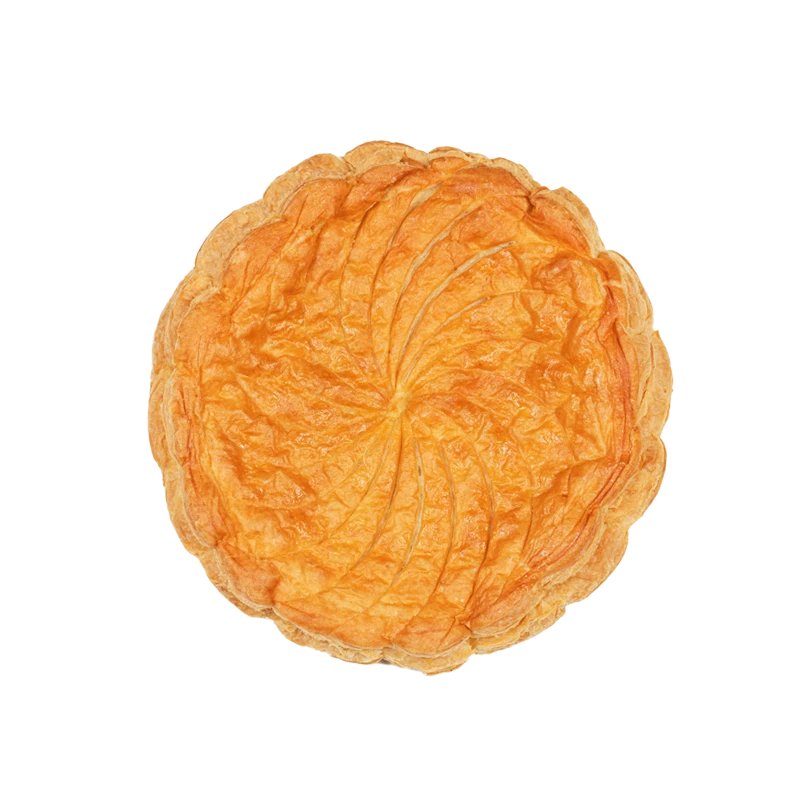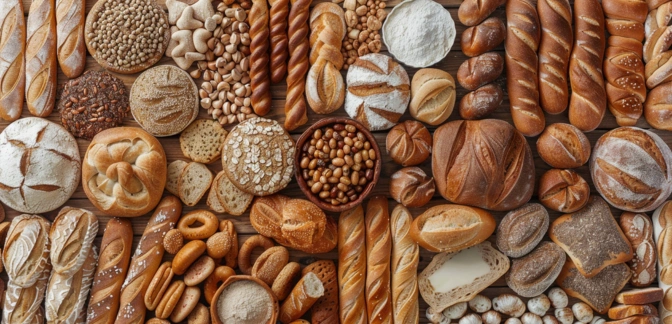Pie Crust — Nutrients, Health Benefits, And Shopping Tips

Written by Listonic Team
Last update on September 5, 2024
Pie crust nutrients
Nutrition facts
Amount per 100 g
Calories
🔥 527 kcal
| Nutrition per: 100 g | Value | % Daily Value* |
|---|---|---|
| Carbs | 42 g | 15.27% |
| Fiber | 2 g | 7.14% |
| Sugars | 0 g | - |
| Glycemic Index | 60 | - |
| Protein | 6 g | 12% |
| Sodium | 834 mg | 36.26% |
| Total Fat | 38 g | 48.72% |
*The % of Daily Value (DV) tells you how much a nutrient in a serving of food contributes to a daily diet. 2,000 calories a day is used for general nutrition advice.
Pie crust facts & tips
Health benefits
- Provides energy from carbohydrates and fats, making it a source of immediate fuel.
- Can include healthy fats if made with oils like olive oil or nut butters, which support heart health and provide essential fatty acids.
- Versatile base that can be made with whole grain flours or alternative flours (like almond or oat flour) to increase fiber and nutrient content.
- Enhances the texture and flavor of pies, making them more enjoyable and satisfying.
Health risks
- High fat content particularly in pie crusts made with butter, lard, or shortening, which can raise cholesterol levels and increase the risk of heart disease.
- High calorie content which can contribute to weight gain if consumed frequently, especially when paired with calorie-dense fillings.
- Low nutrient density as pie crusts are typically made from refined flour and fats, offering limited vitamins or minerals.
- Potential for trans fats in some commercially prepared pie crusts, which can contribute to heart disease and other health issues.
How to choose pie crust
When selecting pre-made pie crust, look for one that is evenly rolled and without cracks or tears. It should be packaged securely to protect its shape and texture. The crust should have a uniform thickness to ensure even cooking.
Avoid pie crusts that appear greasy or have a pale color, as this can indicate a lack of proper baking or poor ingredient quality. Crusts that are brittle or crumbly in the package should also be avoided, as they will not hold up during baking.

How to store pie crust
Unbaked pie crust should be stored in the refrigerator, wrapped tightly in plastic wrap or foil. Keeping it chilled helps maintain its texture and prevents it from drying out. Properly stored, it can last for up to two days.
Leaving pie crust at room temperature can cause it to soften and become difficult to work with. Avoid exposure to air, which can dry out the dough. For longer storage, consider freezing the pie crust, ensuring it's well-wrapped to prevent freezer burn.
✅ Extra Tip
How long does it last?
Pie crust can last for 2-3 days in the refrigerator. For longer storage, pie crust can be frozen for up to 3 months. Proper packaging, such as plastic wrap or an airtight container, helps maintain its quality.
What to do with leftovers?
Leftover pie crust can be used in a variety of creative ways. Roll it out and use it as a base for quiches, tarts, or galettes, where it provides a flaky, buttery foundation. Pie crust is also great when cut into shapes and baked as pie crust cookies, which can be sprinkled with cinnamon sugar or topped with jam.
Use pie crust to make mini tarts or hand pies by filling it with fruit, chocolate, or savory fillings, then folding and baking until golden. If you have a lot of pie crust, consider making a batch of pie crust twists by cutting the crust into strips, twisting them, and baking with a sweet or savory topping. Pie crust can also be used to top pot pies or casseroles, adding a crispy layer to the dish. For a quick snack, bake pie crust scraps and serve them with a dip or spread like hummus, pesto, or cheese.
👨⚕️️ Medical disclaimer
Discover products from other categories
Listonic Team
Fact-checked
Our editorial team checked this article to make sure it was accurate at the time of publishing it.
Get the top-rated shopping list app on your phone!







